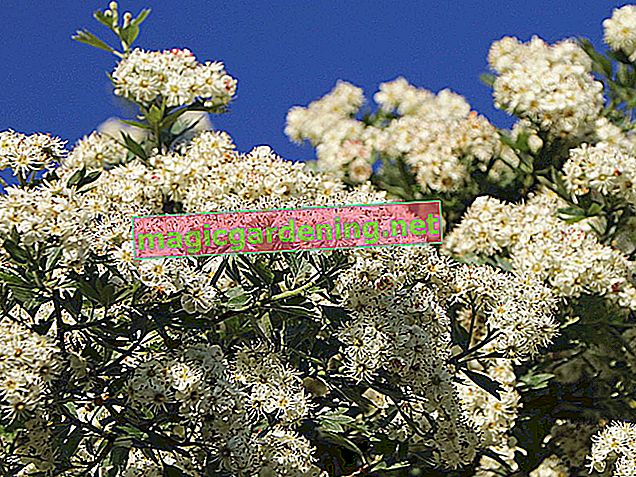
Cut summer flowers in spring
In the summer garden, the Japanese sparrow bush (Spiraea japonica) and the red summer sparrow (Spiraea bumalda) flaunt their furious flowers. The buds for the floral spectacle attach the spars to this year's shoots. With this habit, the flowering shrubs make life easy for the gardener. A vigorous pruning in early spring paves the way for lush flowering from summer to autumn. How to cut properly:
- The best time is from the end of January to the end of February
- Recommended cutting tool: garden or tree shears with bypass mechanism
- Ideally, cut back all shoots to 10 to 20 cm
- Optionally a little more moderate blend by a third
also read
- Do you have to cut the sparrow regularly?
- When does the sparrow blossom?
- The right location for your sparaceous bush
This cut is typical of many well-known summer flowering shrubs, such as butterfly lilacs. It is up to the vigorous pruning to make space for the young wood because it is where the most beautiful flowers develop.
Thinning out the spring flowers every 2 years
In April and May, early-blooming spars transform the bed and balcony into a picturesque sea of flowers. Premium varieties are the bridal spar (Spiraea arguta), the splendid spar (Spiraea vanhouttei) and the ash-gray sparrow (Spiraea cinerea). The spring beauties place their buds on the shoots of the previous year. This circumstance prohibits a strong pruning, as is advisable for the summer-flowering varieties. You encourage flowering and vitality with a clearing cut at 2-year intervals. How to do it right:
- The best time is after the flowering period has ended
- Cut off a third of the oldest scaffolding shoots at floor level
- Cut back this year's growth on excessively long branches
- Cutting a few millimeters above an alternate pair of leaves
By cleaning up withered inflorescences, you may be able to stimulate a sparrow to re-bloom slightly. Place the scissor blades 3 to 4 millimeters above a pair of leaves or a bud.
Perform rejuvenation pruning in winter
Without an occasional clearing cut, your sparace will lose its ability to flower because a dense network of shoots will shade each other. A radical taper cut will fix the problem. During the deciduous winter time, cut all shoots back to knee height. Clear dead wood at ground level. In order to protect our endangered bird life, the Federal Nature Conservation Act permits rejuvenation measures on woody plants from October 1st to February 28th.
Tips
Although its name suggests the opposite, the bladder spar does not belong to the genus Spiraea, but is assigned to the genus Physocarpus. The deciduous deciduous shrub, also known as pheasant spar, grows up to 4 meters high and blooms in June and July. As a summer bloomer, the time window for the shape and clearing cut opens in late winter. In contrast to summer-blooming sparaceae varieties, the flowering wood benefits from a less vigorous pruning by a third or half.








